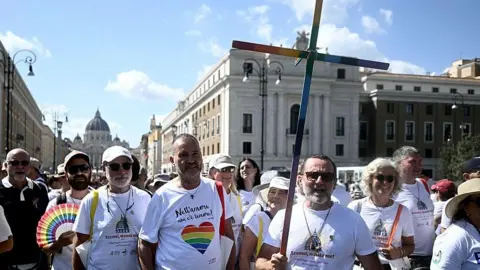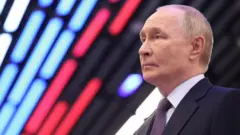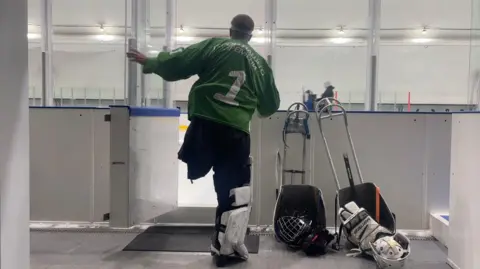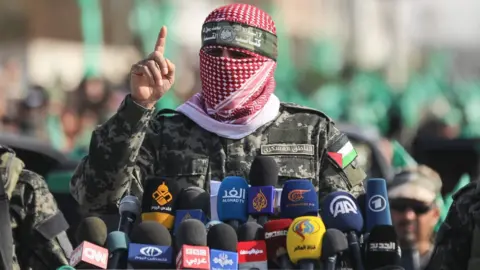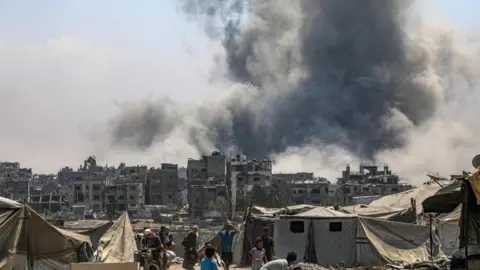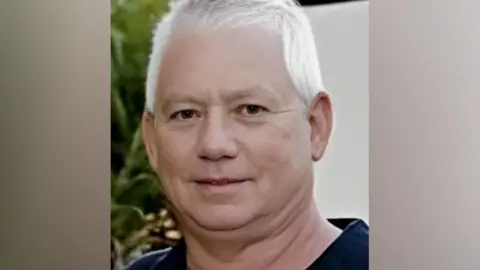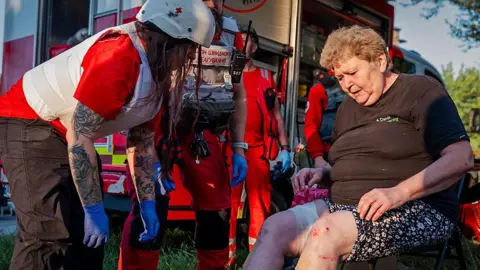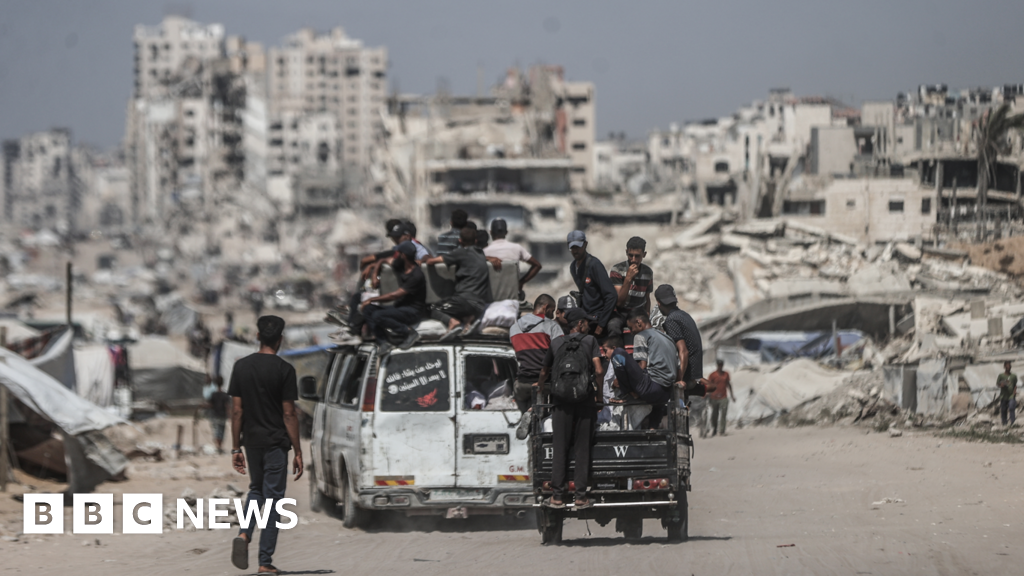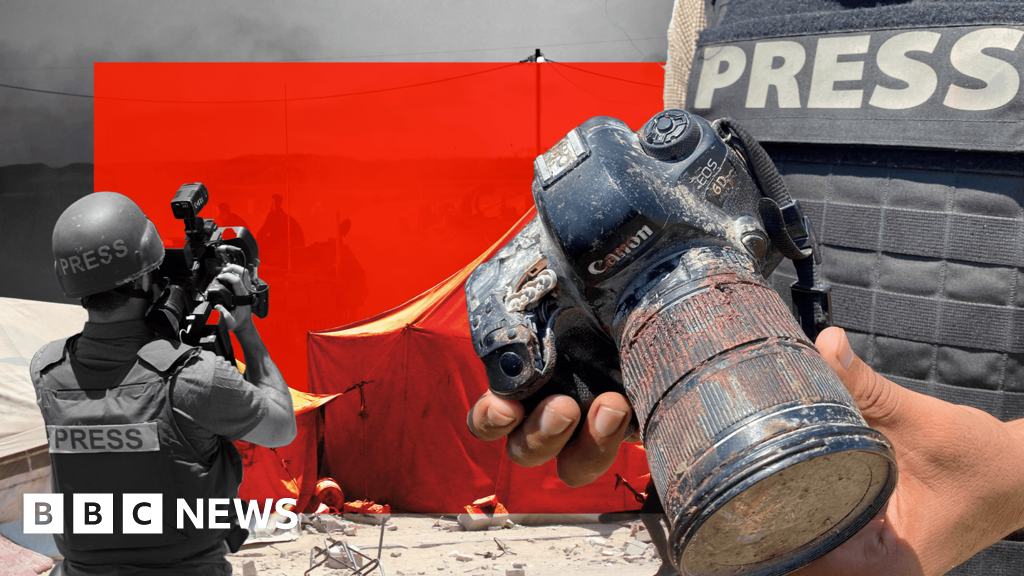In the humid air of northern Vietnam’s Tra Linh Cemetery, scientists worked meticulously to recover the remains of soldiers lost during decades of conflict, a task symbolizing both urgency and reverence. The graves, marked with “unknown martyr,” conceal the bones of countless soldiers, many of whom have remained unidentified since the Vietnam War.
The recent breakthroughs in DNA analysis now offer hope, as researchers, in partnership with organizations like the International Commission on Missing Persons, have developed methods to extract tiny DNA samples from severely degraded remains — even those up to 70 years old. This technological leap creates an unprecedented opportunity for families across Vietnam, whose enduring pain from the war is now met with the prospect of closure and reconciliation.
Tim McMahon, the director of DNA operations for the U.S. Defense Department, emphasized the transformative nature of these new methods. He regarded it as a pivotal advancement in the mission to account for the more than 2,600 American soldiers still unaccounted for since the Vietnam War ended. The implications extend beyond Vietnam, with the potential to aid in identifying victims of natural disasters globally.
As grave diggers skillfully sifted through soil red with history, a junior scientist’s inquiry about the viability of a jawbone highlighted the delicate nature of their task. Each bone collected could bring a name and a story back to life, reconnecting families with their long-lost warriors and contributing to collective healing within Vietnam.
The integration of modern science with historical remembrance not only pursues justice for the fallen but also fosters a sense of unity in remembrance for both Vietnamese and Americans impacted by the tumultuous history of the region. The collaborative efforts aim to bring peace to grieving families while confronting a past filled with sorrow, opening a pathway toward healing for a nation still deeply affected by its history.











